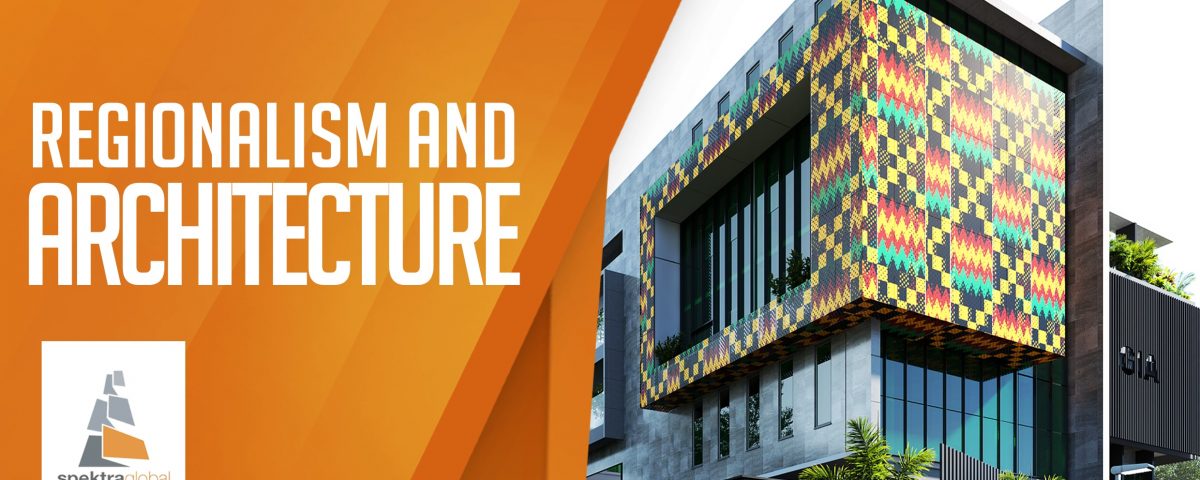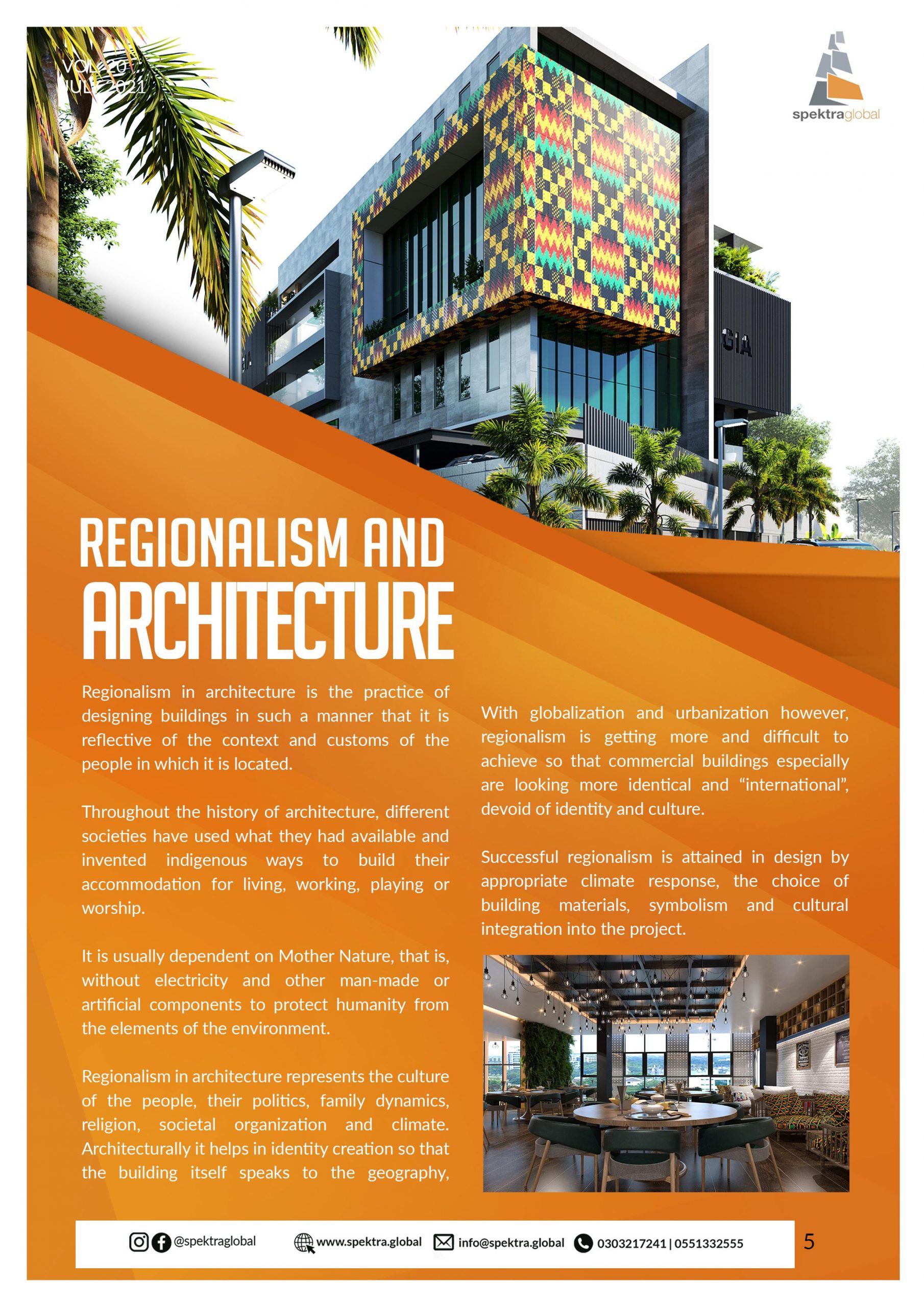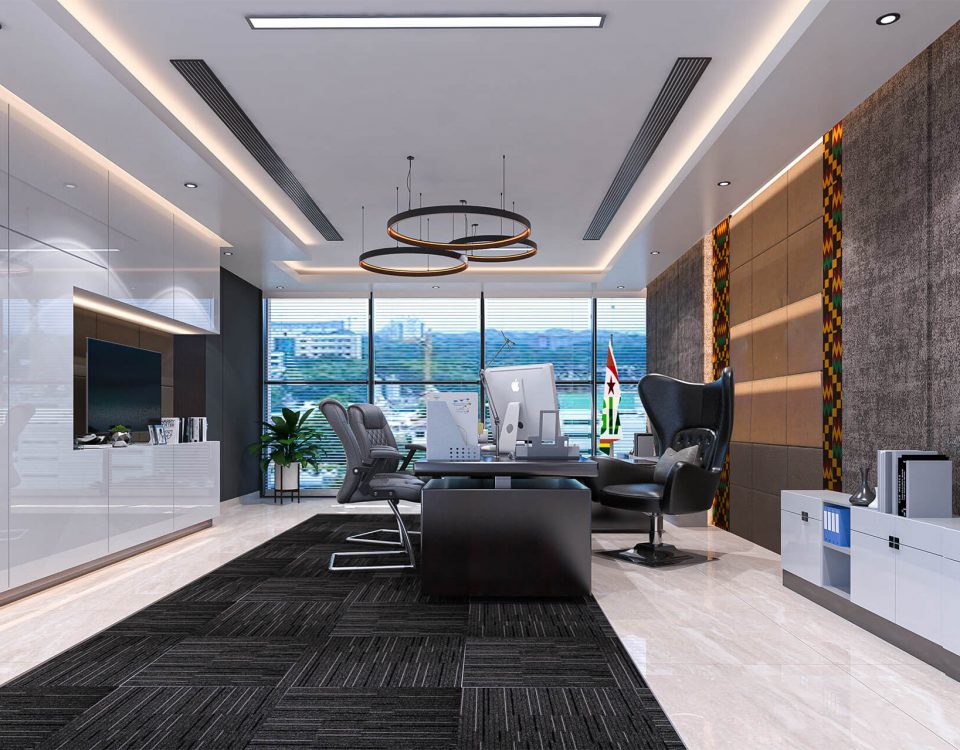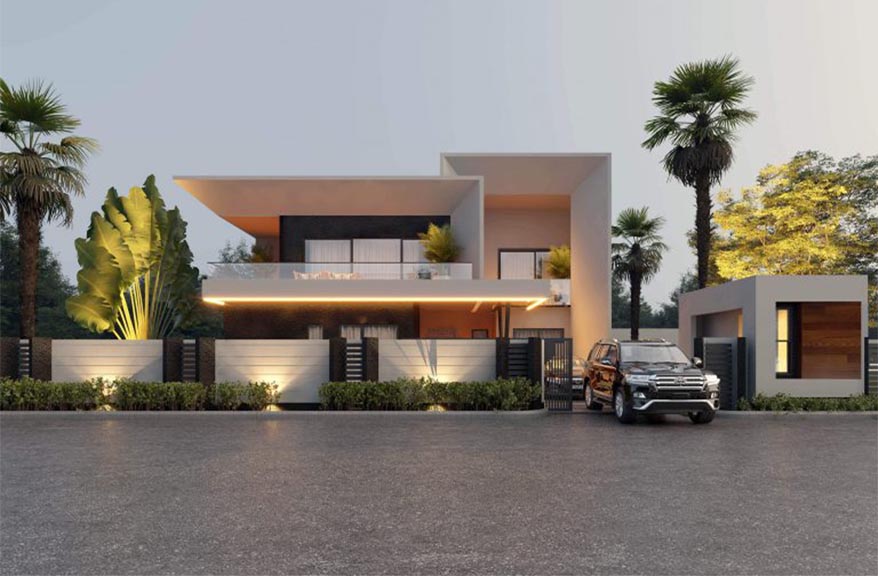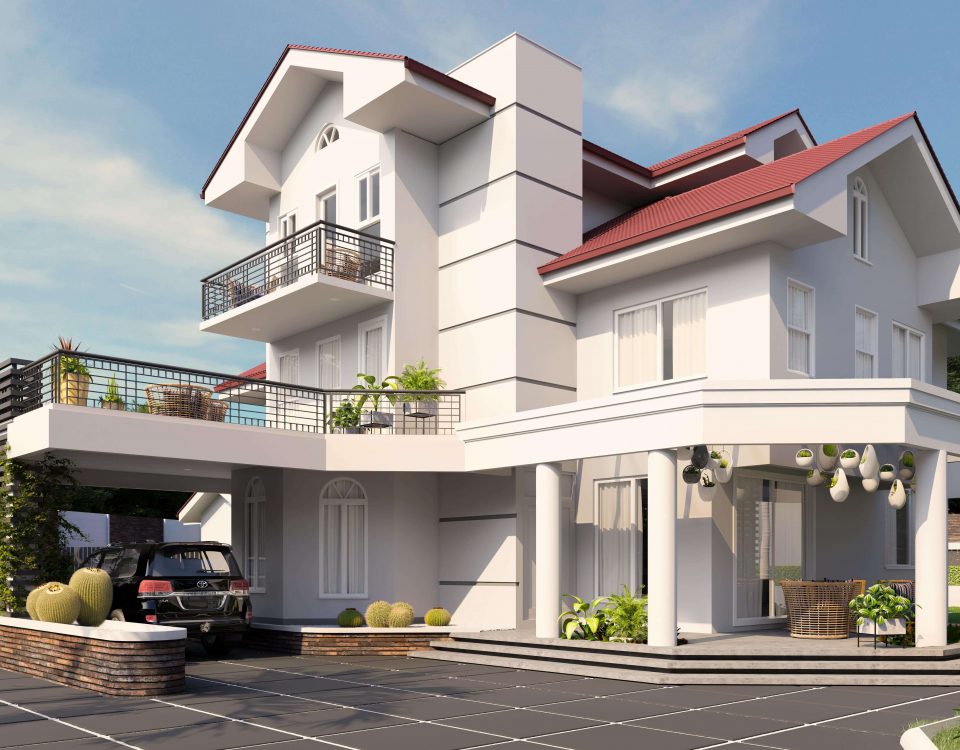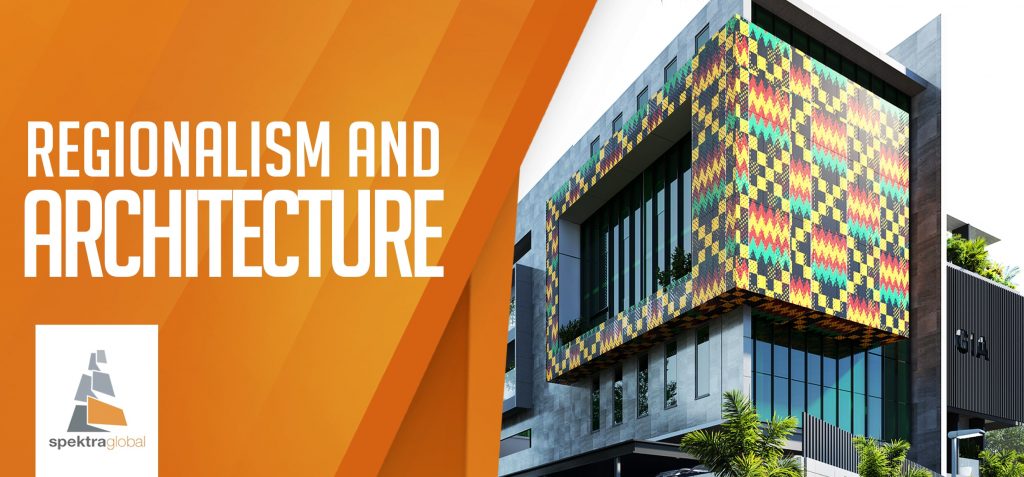
REGIONALISM AND ARCHITECTURE
Regionalism in architecture is the practice of designing buildings in such a manner that it is reflective of the context and customs of the people in which it is located.
Throughout the history of architecture, different societies have used what they had available and invented indigenous ways to build their accommodation for living, working, playing or worship.
It is usually dependent on Mother Nature, that is without electricity and other man-made or artificial components to protect humanity from the elements of the environment.
Regionalism in architecture represents the culture of the people, their policies, family dynamics, religion, societal organization and climate.
Architecturally it helps in indentity creation so that the building itself speaks to the geography.
With globalization and urbanization however, regionalism is getting more difficult to achieve so that commercial buildings especially are looking more identical and international devoid of identity and culture.
Successful regionalism is attained in design by appropriate climate response, the choice of building materials, symbolism and cultural integration into the project.

